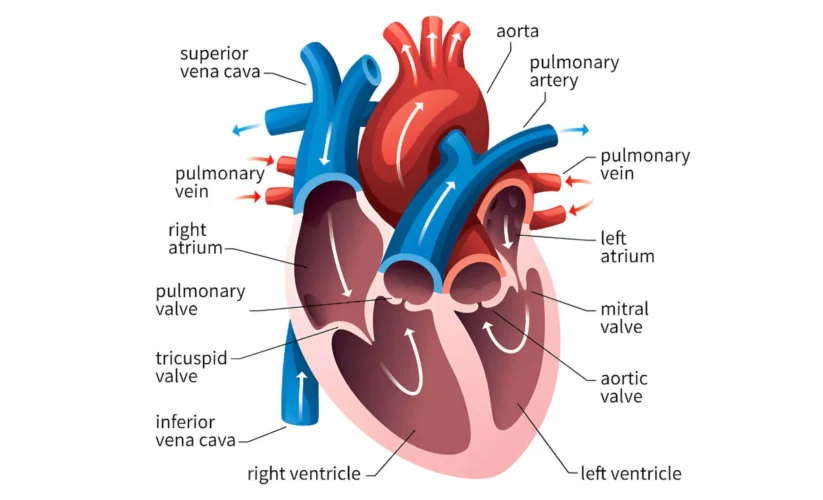
What is a Maryland Bridge?
A Maryland bridge is a dental fix that helps to substitute lost teeth. Unlike regular bridges needing crowns on the nearby teeth, This has another design. It includes an imitation tooth linked to a metal structure with fine wings at both ends.
The wings are attached to the sides of your teeth that surround the empty space, keeping intact the enamel on your original teeth. This method requires very little intrusion and gives a look that looks like a natural tooth for less money.
Advantages of a Maryland Bridge
There are many advantages of Maryland Bridge such as:
- Maryland bridges, in contrast to conventional bridges, do not necessitate substantial alteration of the nearby teeth. This indicates that very little enamel is taken away from your original teeth, promoting their health and lastingness.
- The reason this is a simpler and less intrusive process is because it doesn’t need crowns on nearby teeth. It can result in lesser discomfort, faster healing duration, and probably less worry for patients.
- Maryland bridges are usually less expensive than traditional bridges or dental implants, making them a more affordable choice for patients who want to replace their missing teeth.
- These treatments are a good choice for enhancing the aesthetics of your smile, especially when you need to substitute front teeth. The wings get attached on the backside of teeth, lessening their visibility and providing a restoration that looks like nature itself.
- Often, This can be finished in a single dental visit. This makes the process of restoration quicker and easier for you.
- After it is put in its correct position and fitted well, This treatment can give a sense of normalcy and comfort. They permit regular talking and chewing abilities.
Ideal Candidates for Maryland Bridges
Maryland bridges are for people who have a gap from losing one or two teeth, especially at the front of their mouth where how it looks is important. The teeth around this space should be healthy and have strong enamel so they can back up the wings that are bonded to the bridge.
For long term success, keeping good hygiene in mouth is also needed because you need to clean properly around the bridge so that decay doesn’t happen there too much.
Considerations and Potential Drawbacks
Maryland Bridges have multiple advantages, but they also come with certain considerations and possible problems. For example, the strength of the bridge might be a worry for back teeth that have to bear powerful bite forces.
The wings bonded to your teeth could separate gradually which would need repairing or changing of the bridge later on. Cleaning around the wings is important because it stops tooth decay that can happen under the bridge.
Maryland Bridge vs. Traditional Bridge
In selecting an appropriate dental bridge, there are many things to consider. For back teeth, it is crucial that the bridge be strong and long-lasting.
If your concern is more about aesthetics especially if you want to replace front teeth then a Maryland bridge could be ideal for this purpose.
Cost is another important element, and Maryland bridges usually turn out to be cheaper. Think about the level of tooth change too.
The Maryland Bridge Procedure
Usually, the Maryland bridge process includes four main steps. In the beginning, you have a talk with your dentist to check your teeth, look at X-rays for jawbone condition and make a plan of treatment that is specific to you.
Then, they do minimal preparation on the teeth next to the gap so there is room for the wings of the bridge and can stick firmly together with them.
Afterwards, a special bridge is made by dental technicians to match the color and shape of your natural teeth. This bridge will then be placed and bonded onto the prepared teeth by your dentist, bringing back both your smile’s appearance as well as its functionality.
Potential Complications and What to Do
To make sure your Maryland bridge stays strong for a long time, you must be dedicated to taking good care of it. You need to learn how to brush and floss in a way that cleans around the soft wings of the bridge properly, preventing plaque from forming.
Dental checkups are very important for getting professional cleanings and keeping an eye on how well the bridge is doing.
Also, pay attention to what you eat. Stay away from hard or sticky items that may harm the bridge or loosen the wings.
Living with a Maryland Bridge
In little time, talking and chewing using a Maryland bridge usually feels normal. The bridge is made to imitate the way your original teeth work. But most importantly, a Maryland bridge can greatly increase your self-assurance.
The smile aesthetics you have now can greatly affect your self-confidence and how good you feel. But, to make sure that this treatment lasts for a long time, it is very important to take care of it correctly.
Regular visits to the dentist, using the right methods for brushing and flossing, along with avoiding damaging foods will all help in keeping your bridge strong and functioning well over many years.
Cost of a Maryland Bridge
The price for a Maryland bridge is not fixed and can differ based on many things. The materials utilized to make the bridge, your dental expert’s location, and their level of skill all play a role in determining the total cost.
This type of bridge is normally viewed as an affordable alternative compared to other methods for filling gaps left by lost teeth. This is because they need less work on the teeth around, and it’s usually not as complicated to make compared to other bridges or implants.
If you want an affordable method for fixing your smile, a Maryland bridge could be a good choice.
Empty spaces caused by missing teeth can affect how you smile, your self-assurance, and even your ability to chew properly. Maryland bridges might be a good solution for restoring your smile.
If you are thinking about getting one of these, it is best to speak with your dentist first to determine if this option suits you well.





